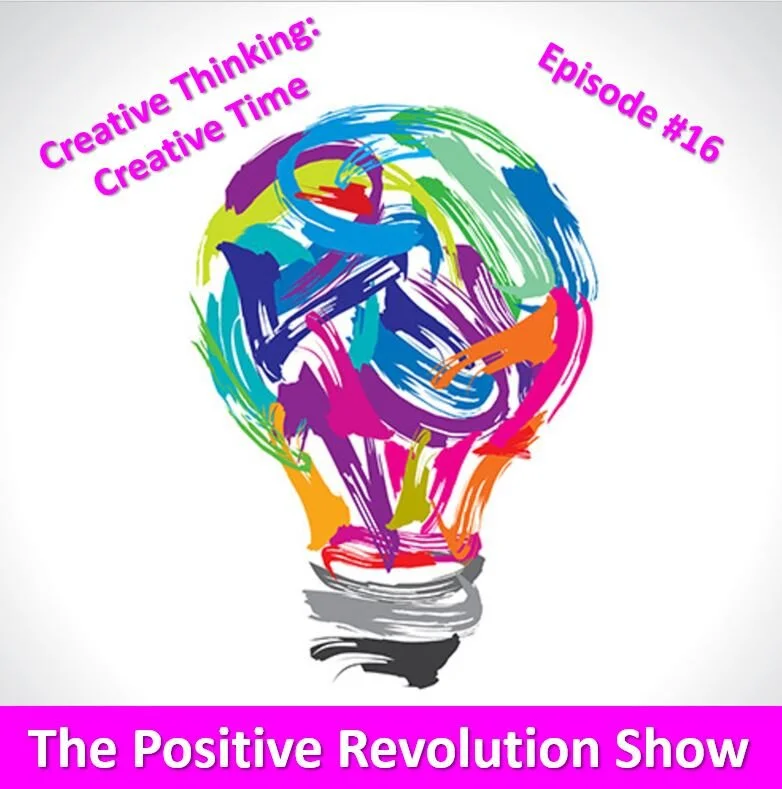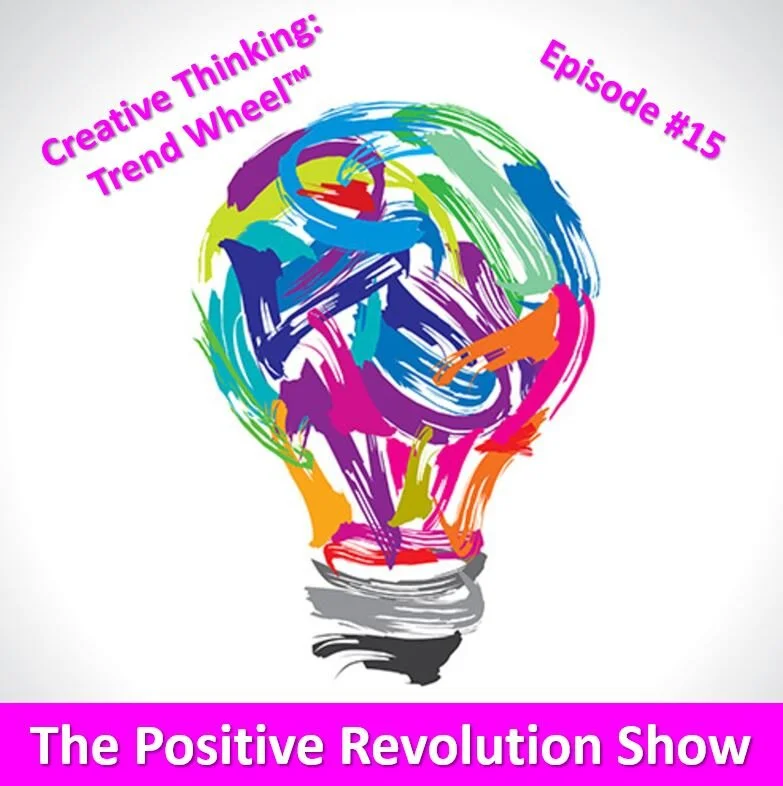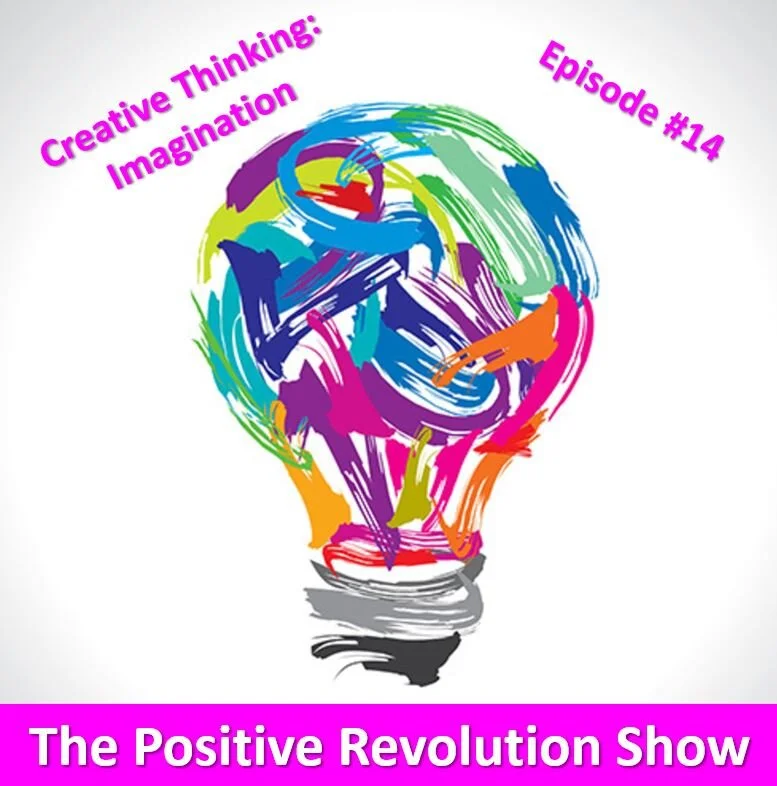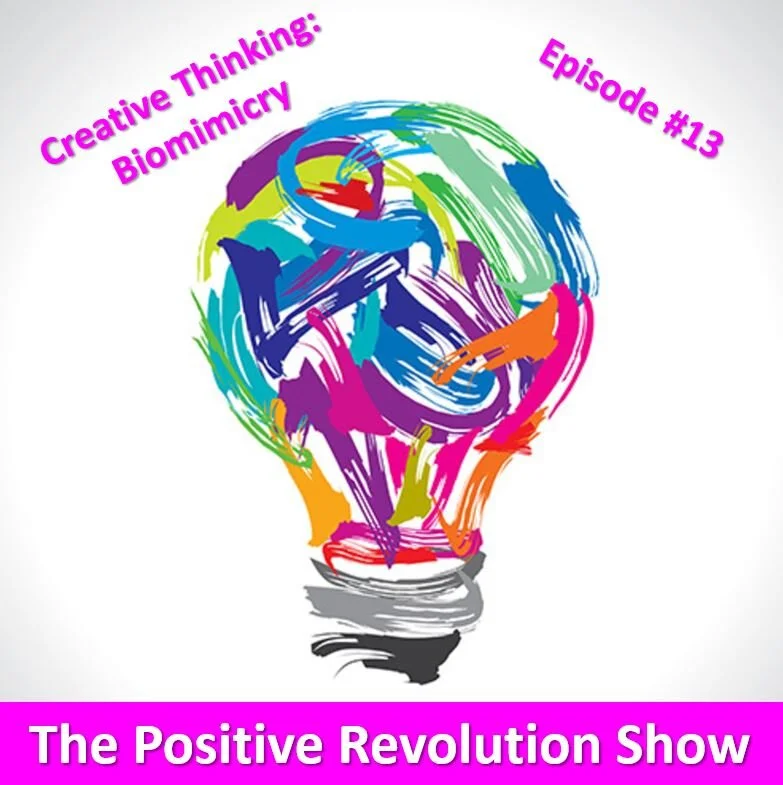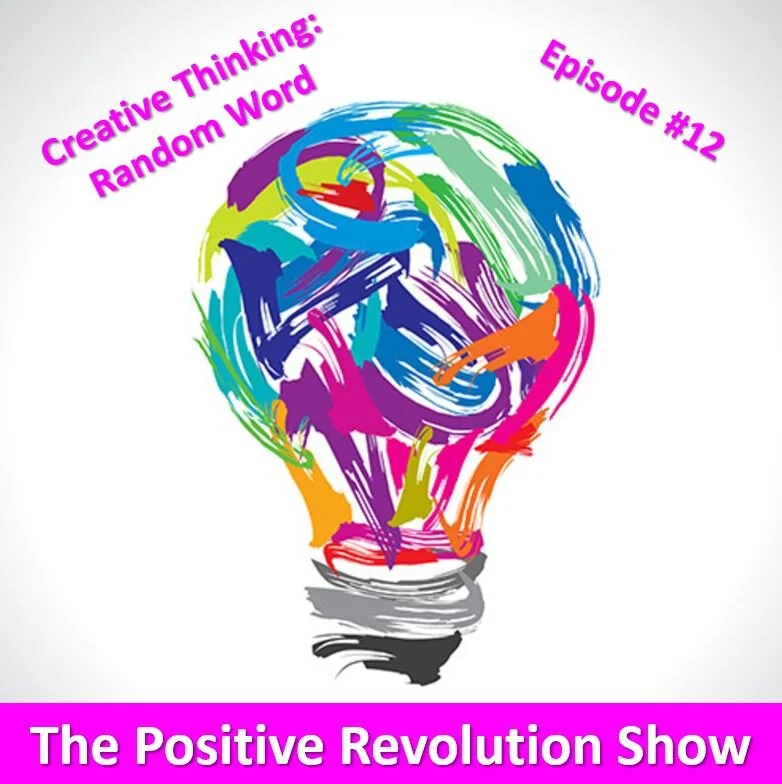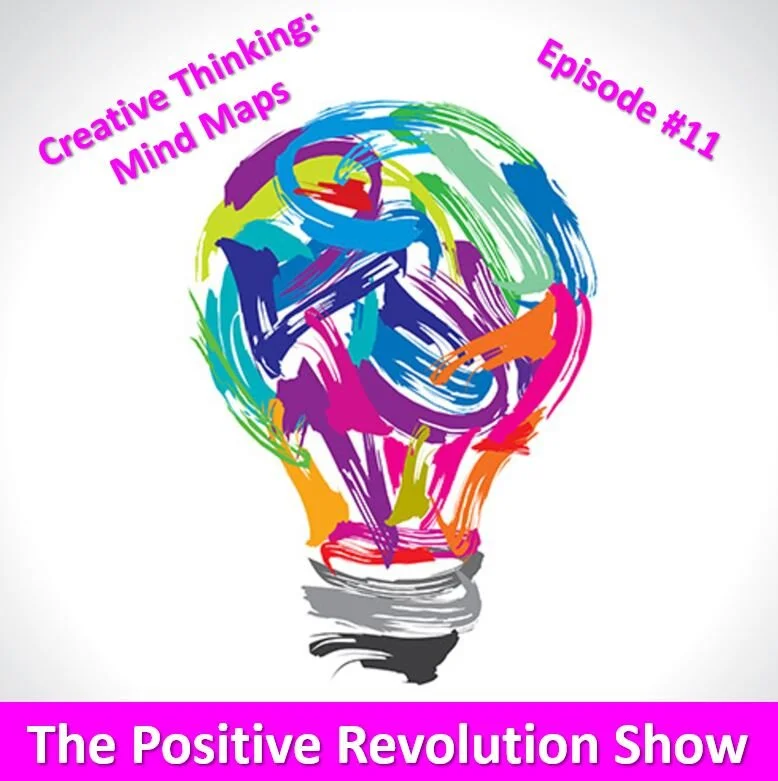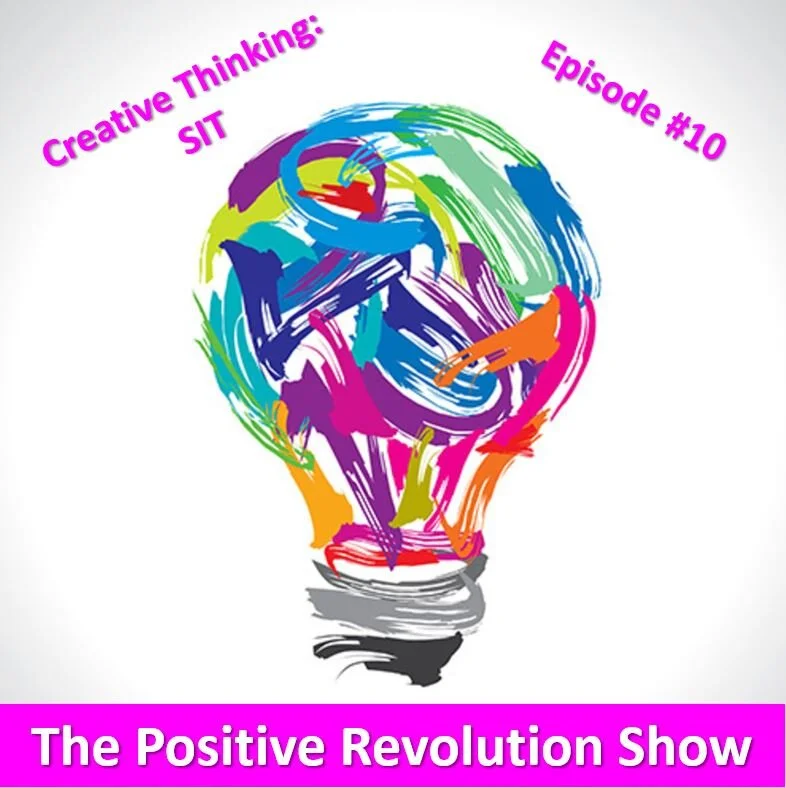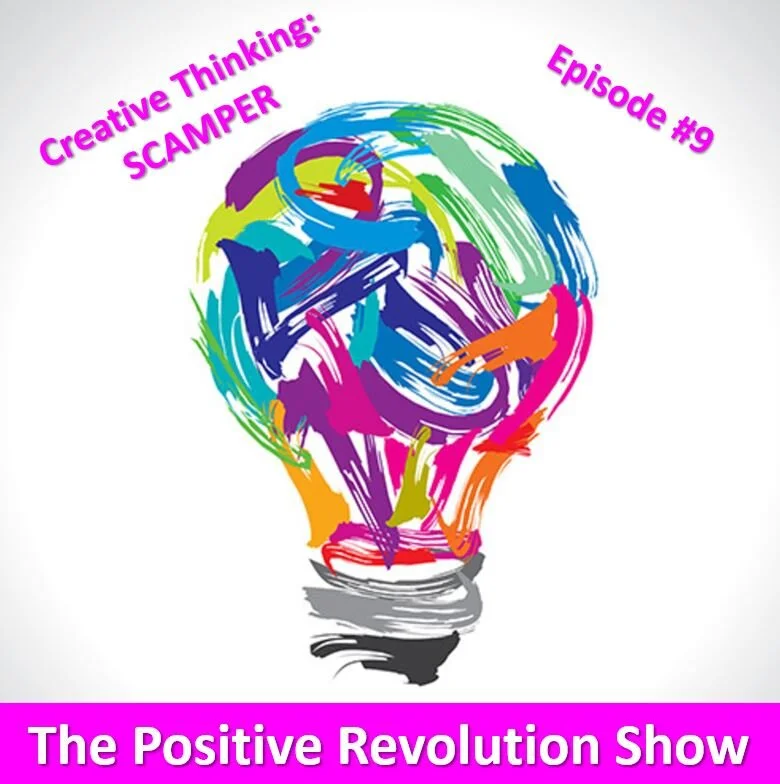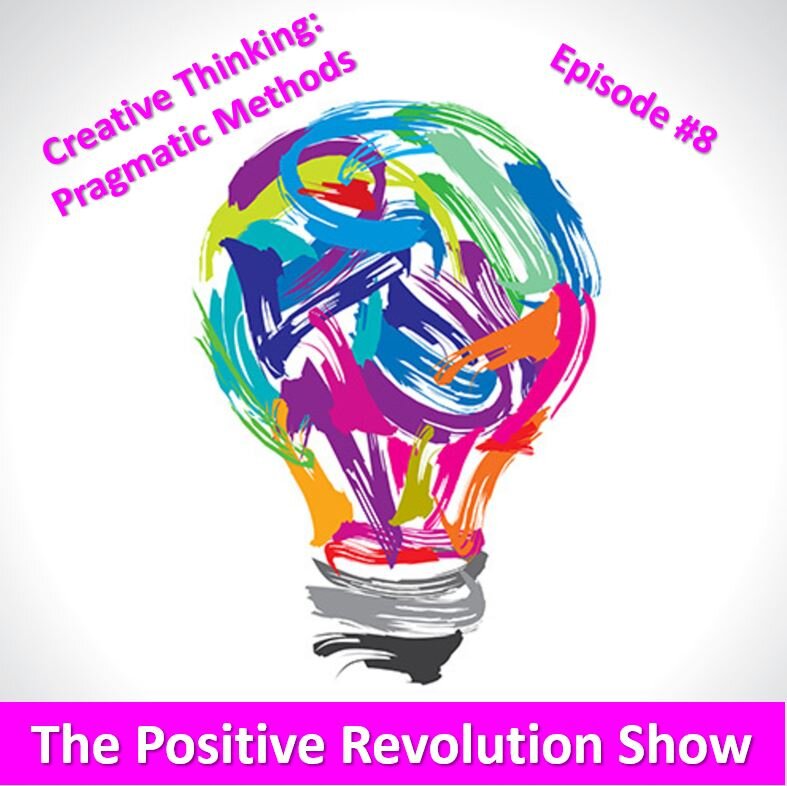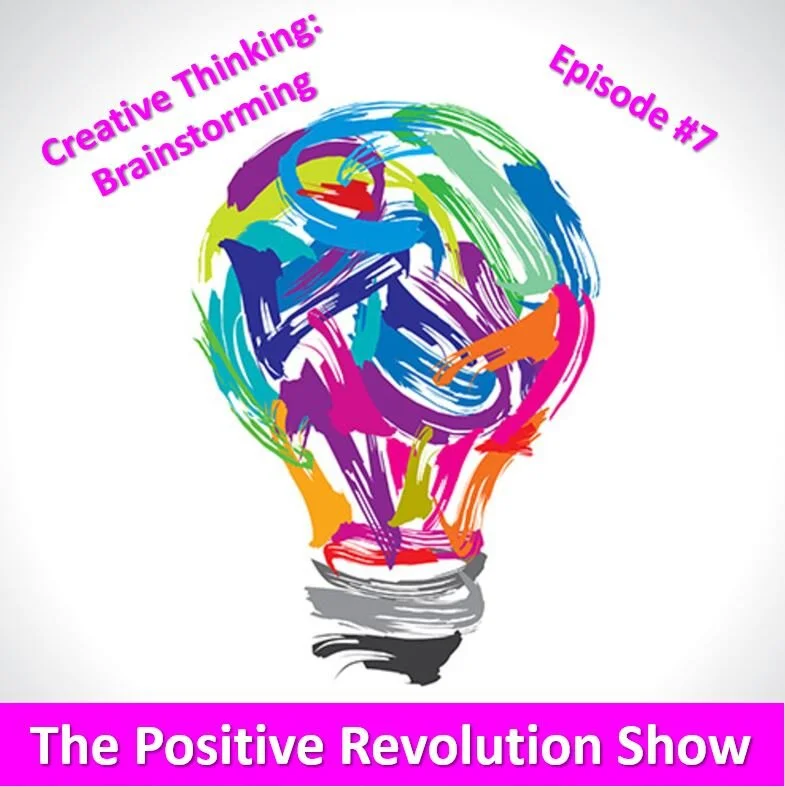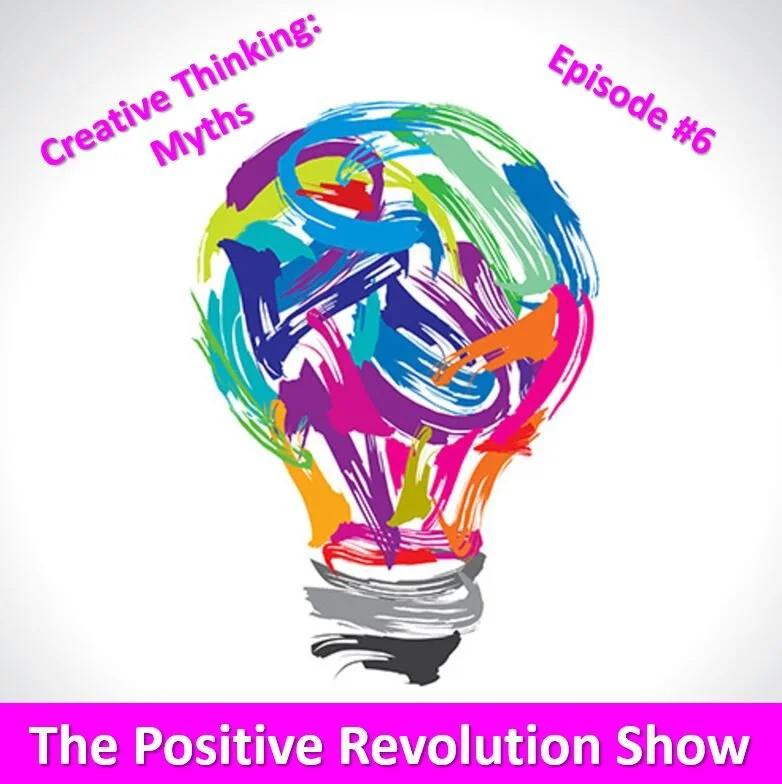If you want to improve your creativity, it only takes a few minutes each day. Put aside five to ten minutes, pick a topic, and use one of the tools in this section. Make creativity a daily habit. Use a creativity notebook to practice in and record your new ideas.
Episode 15: Trendwheel
Another effective creative thinking tool is the Trendwheel™, which I developed to help create new products. A trend is defined as “a current style of preference, or a prevailing tendency or inclination” (where a fad is a “practice or interest followed for a time with exaggerated zeal” — basically a short-term trend, like Pet Rocks, Beanie Babies, or Pokémon Go.
To create a Trendwheel, fill in past, recent, or future trends in the outer spokes and then combine two or more trends to develop new ideas; form new ideas where the trends intersect. The combination of dissimilar topics - similar to Random Word will allow you to mix and match trends to create new ideas. Combining unrelated trends can help spur disruptive ideas to change markets or create new ones.
Episode 14: Imagination
Another excellent tool to develop creative ideas is your imagination; the power to think about the future. Develop scenarios around what you think the world will look like in ten, twenty, and thirty years. How will Artificial Intelligence (AI), automation, and alternative fuel sources shape the world? How will nanotechnology or biogenetics change how we live and work? Write a short story. Maybe as short as a single paragraph. Let your imagination wander and flow. Let your inner child go wild.
Episode 13: Biomimicry
Biomimicry is the development of new materials, structures, and systems based on existing biological life forms or systems: innovation inspired by nature. The foundation of biomimicry is the idea that nature has already solved most design challenges; therefore, analyzing the solutions that nature has developed can lead to new, creative ideas.
Episode 12: Random Word
Another great tool to develop new ideas is Random Word, developed by Dr. Edward de Bono. Random word introduces an unrelated word to a specific topic to create new ideas. It forces a relationship between seemingly dissimilar things.
This simple tool allows you to generate new ideas quickly by connecting unrelated words to spur new ideas outside of the original topic or area of focus. You can develop unexpected insights by connecting unrelated items.
Episode 11: Mind Maps
Another great tool to develop and organize new ideas is a Mind Map. Tony Buzan developed Mind Maps to help organize information and develop new ideas. Buzan created an organized structure composed of key words and images. A mind map is like a visual brain-dump and exploration of a subject.
Mind Maps are an excellent tool for visualizing the relationships between individual items and a topic or problem. Also, visual images are a great way to help remember information.
Episode 10: SIT
Episode 9: SCAMPER
A great tool to develop new ideas, is SCAMPER. This easy-to-learn and easy-to-use tool helps you develop novel ways to reimagine a product or process rather than recycling the same old “ingredients”. SCAMPER allows you to rearrange existing variables into new combinations.
The SCAMPER mnemonic stands for: Substitute, Combine, Adapt, Modify, Put to another use, Eliminate, and Reverse. SCAMPER allows you to think creatively using multiple perspectives to improve products, develop solutions to problems, or expand new ideas.
Episode 8: Pragmatic Creative Methods
Using deliberate and systematic tool and techniques, are a great way to develop new ideas. The tools within this section are simple to learn and easy to apply to real-world challenges. Getting proficient with the following tools is not difficult; all it takes is focus and an investment of time and effort.
These tools will allow you to develop a large quantity of new ideas that will ultimately lead to high-quality solutions you can implement. When developing new ideas, avoid evaluating or judging. The goal is to develop a high number of ideas to find the few high-quality ideas to solve problems or develop into innovative products, services, or processes.
Episode 7: Brainstorming
We all “brainstorm” individually or in small groups to toss ideas around and talk through various challenges. Ad hoc idea generation is helpful and a great way to “throw around” ideas – to free associate and warm-up prior to using creative thinking tools. This warm-up is often a great way to pull “top-of-mind” information from coworkers before digging deeper to develop new ideas, options, or alternatives.
However, formal brainstorming is not very effective to generate new ideas. Most brainstorms are just a group of people haphazardly sharing ideas and rarely solving real problems. Sorry to burst your bubble, but brainstorming is not effective for developing new ideas. Most research on idea generation has shown that brainstorming typically does not result in valuable ideas.
Episode 6: Myths
There are many myths about creativity. But don’t believe them, anyone can be creative. Many of us believe that only certain people can be creative, or that creativity happens serendipitously - it “just happens”. Yes, some people are more creative than others, but everyone can improve their creative thinking.
Episode 5: The Brain
The main problem with creativity is how your brain operates. The human brain is a self-organizing system that converts incoming information to routine patterns and sequences. These patterns help you navigate the world with the least amount of energy. However, this pattern creation makes creativity difficult and requires effort to overcome habit to create new ideas.
Episode 4: Societal Influences
Creativity is often discouraged by our educational systems, societal influences, and business organizations. Society values logic and judgment over imagination. As we mature, we undergo a conditioning process that suppresses our creativity. Creativity requires everyone to proactively overcome societal conditioning to ensure new ideas are developed.
